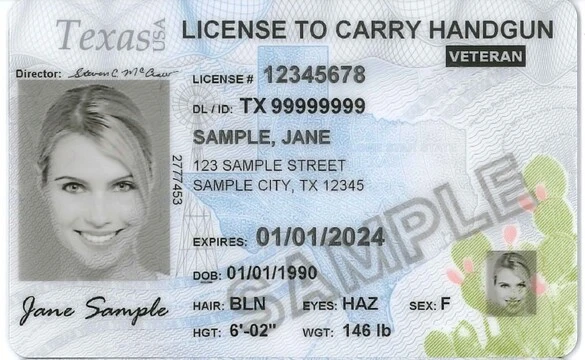In Texas, the terms "exhibiting" and "displaying" are used instead of "brandishing." Exhibiting refers to displaying or showing a weapon, whereas brandishing typically implies a more intentional or threatening display. Even exhibiting can be considered brandishing if the intent behind it was to intimidate or threaten someone.
In most states, brandishing is defined as an intentional display of a firearm with the intention of intimidating or threatening others. This can include actions such as pulling out a gun from its holster or displaying it in a way that suggests aggression. This is covered in a license to carry class - don't pull your weapon unless you feel that you are in physical danger. It isn't aggression if it was done in self-defense.
Key Differences
Intent
The primary difference between brandishing and exhibiting is the intent behind the action. Brandishing implies an intentional attempt to intimidate or threaten, whereas exhibiting may be more of a reflexive response.
Display
Both terms refer to displaying a firearm, but brandishing typically involves a more overt display, such as pulling out the gun from its holster.
Consequences
If convicted of brandishing, you may face more severe penalties than if convicted of exhibiting.
What is Exhibiting in Texas?
In Texas, exhibiting refers specifically to using or displaying a firearm. This can include actions such as drawing your gun from its holster, even if it's done in self-defense. However, the key factor is whether your actions were justified and reasonable under the circumstances.
When Does Brandishing Become an Issue?
Put simply, when you intentionally display a firearm to intimidate or threaten others. This can include situations such as:
- Pulling out a gun during a traffic stop or encounter with law enforcement
- Displaying a firearm in a threatening manner, such as pointing it at someone
- Using your gun to intimidate or coerce others
Brandishing and Exhibiting
These are complex terms that require careful consideration. Understanding the differences between these two concepts can help you avoid potential issues and ensure you're handling your firearms responsibly. If you have any questions or concerns about carrying a firearm, consult with a qualified attorney or law enforcement expert for guidance.
You might try Lisa Renee Wilcox, who often cites Carry Texas articles on her law firm website.




